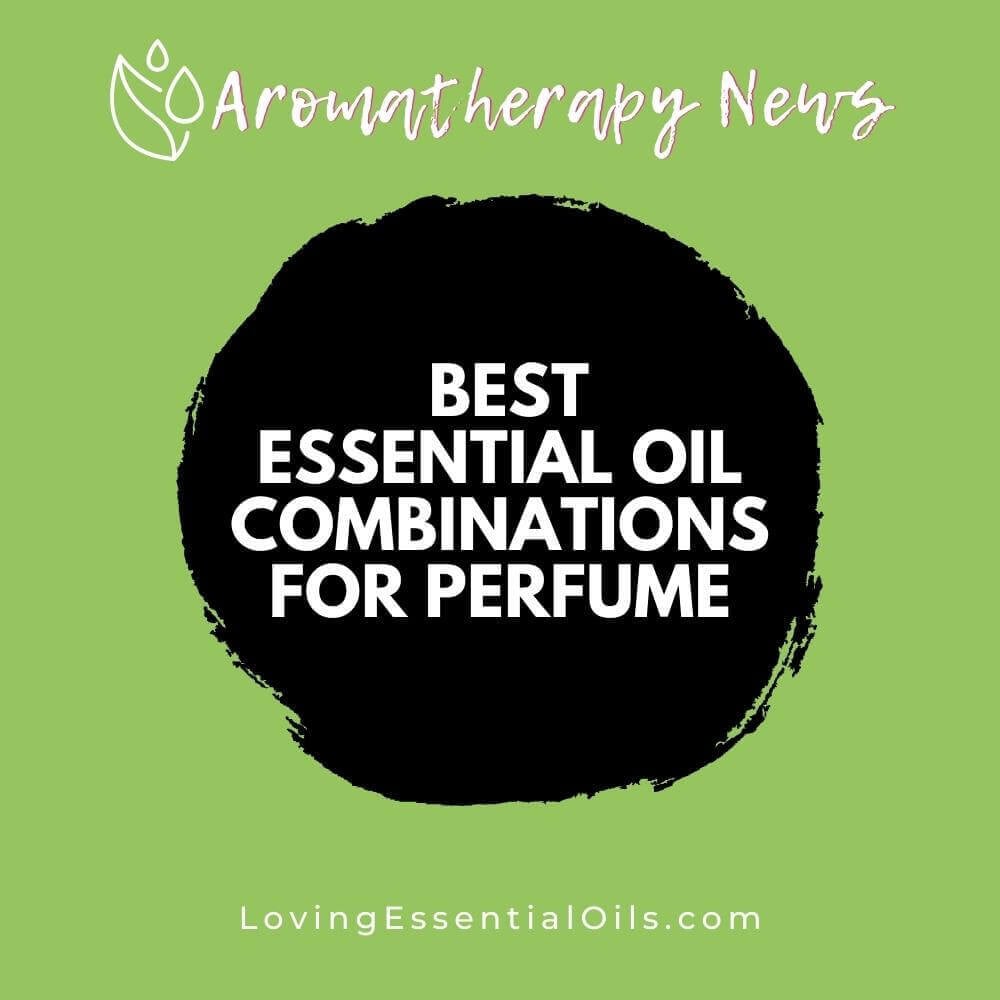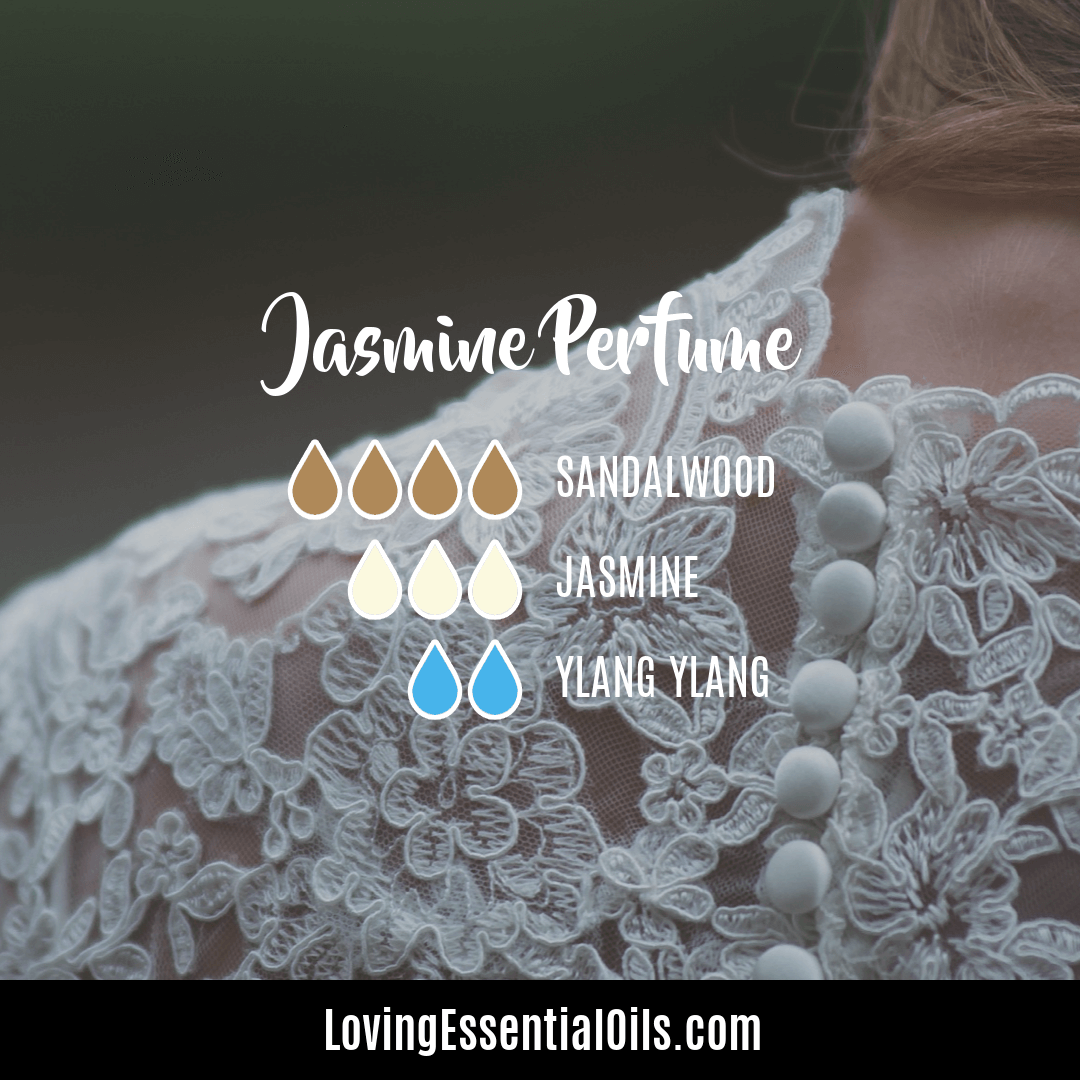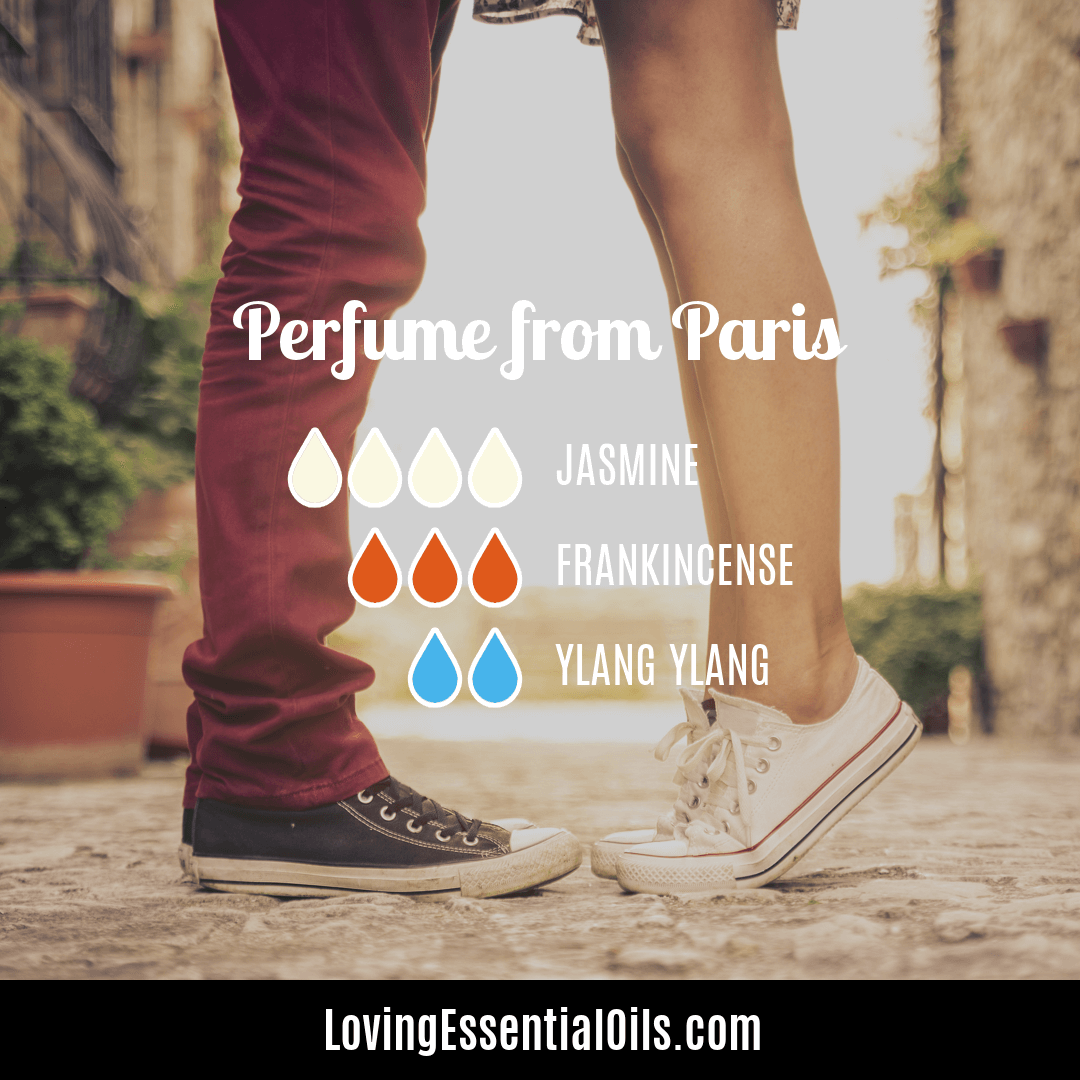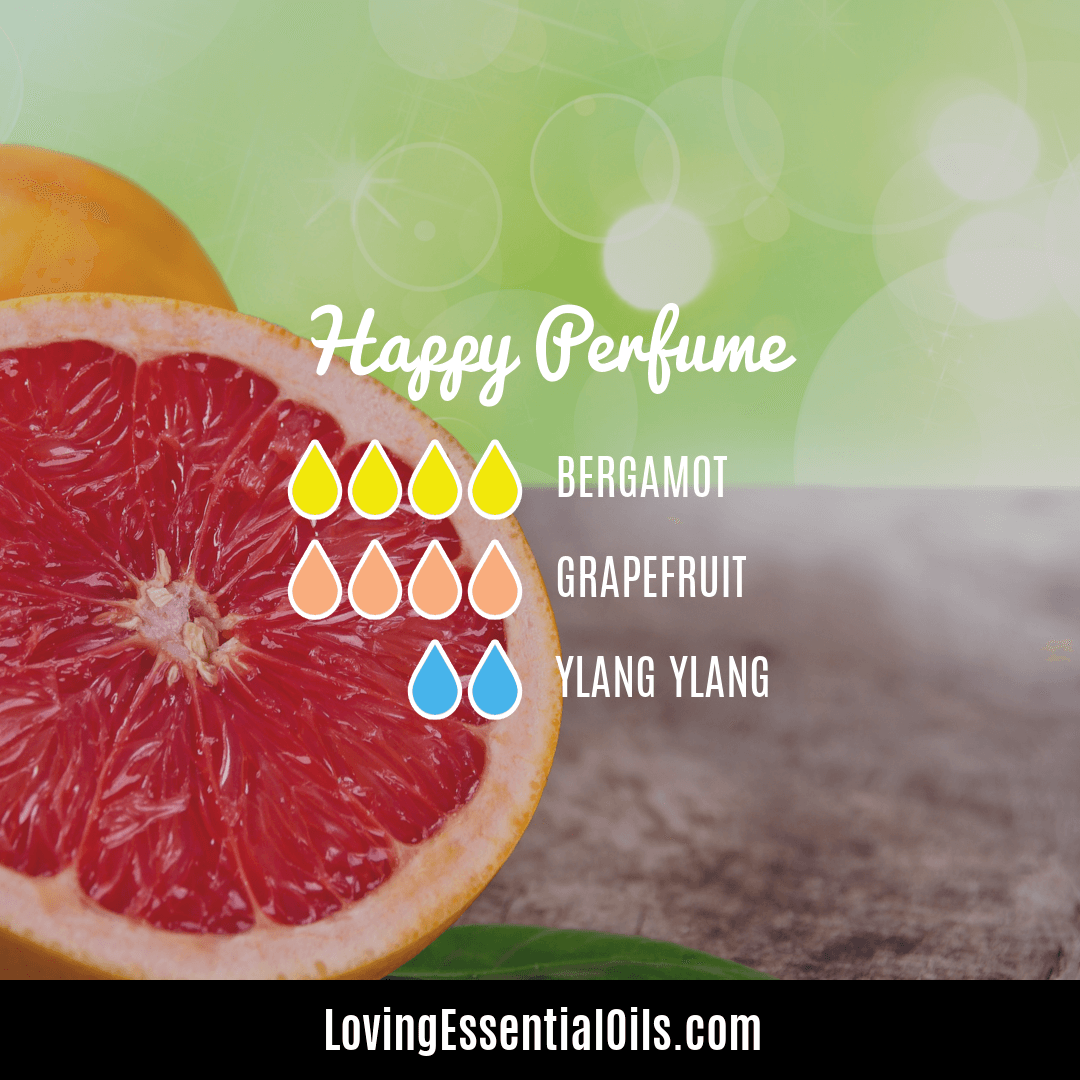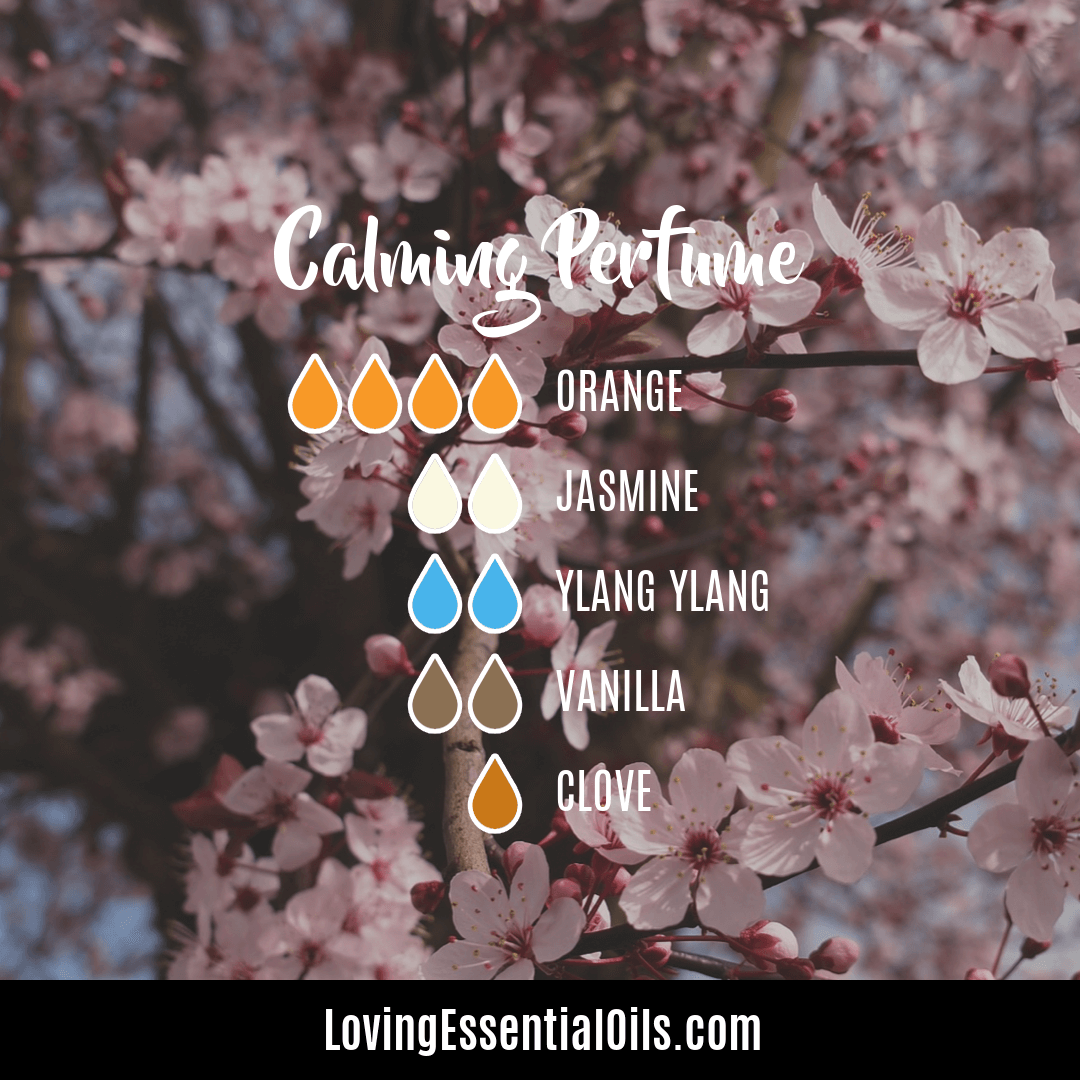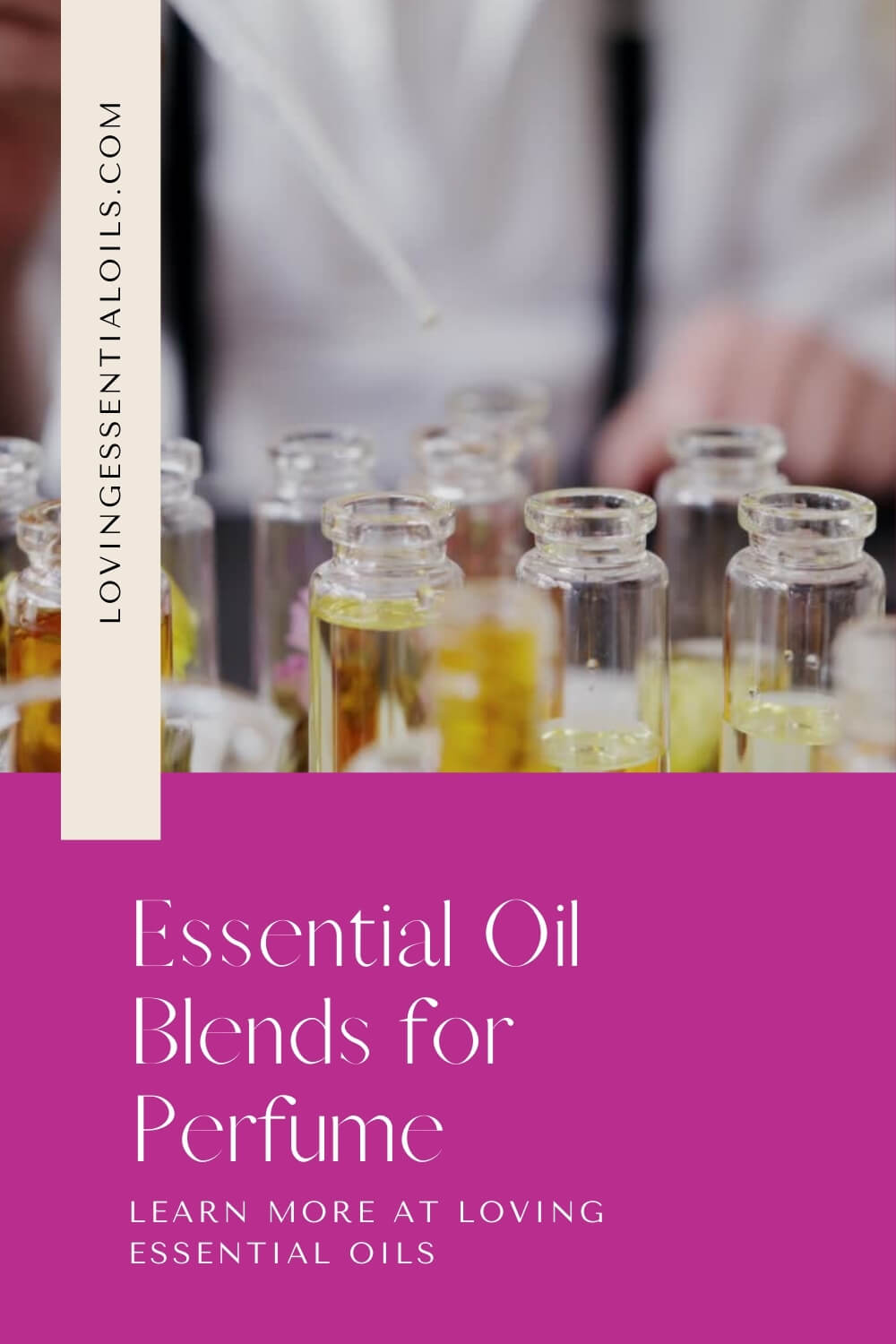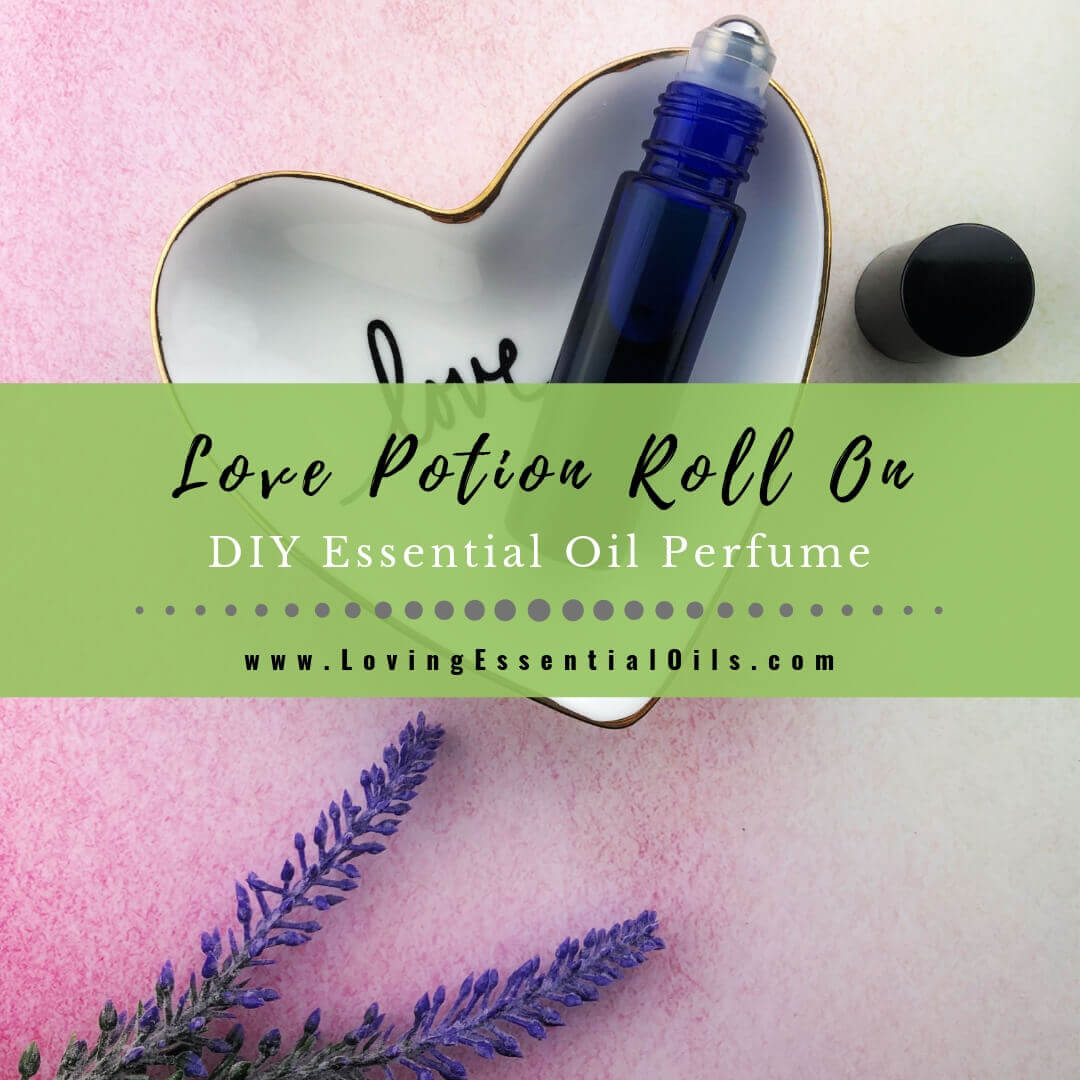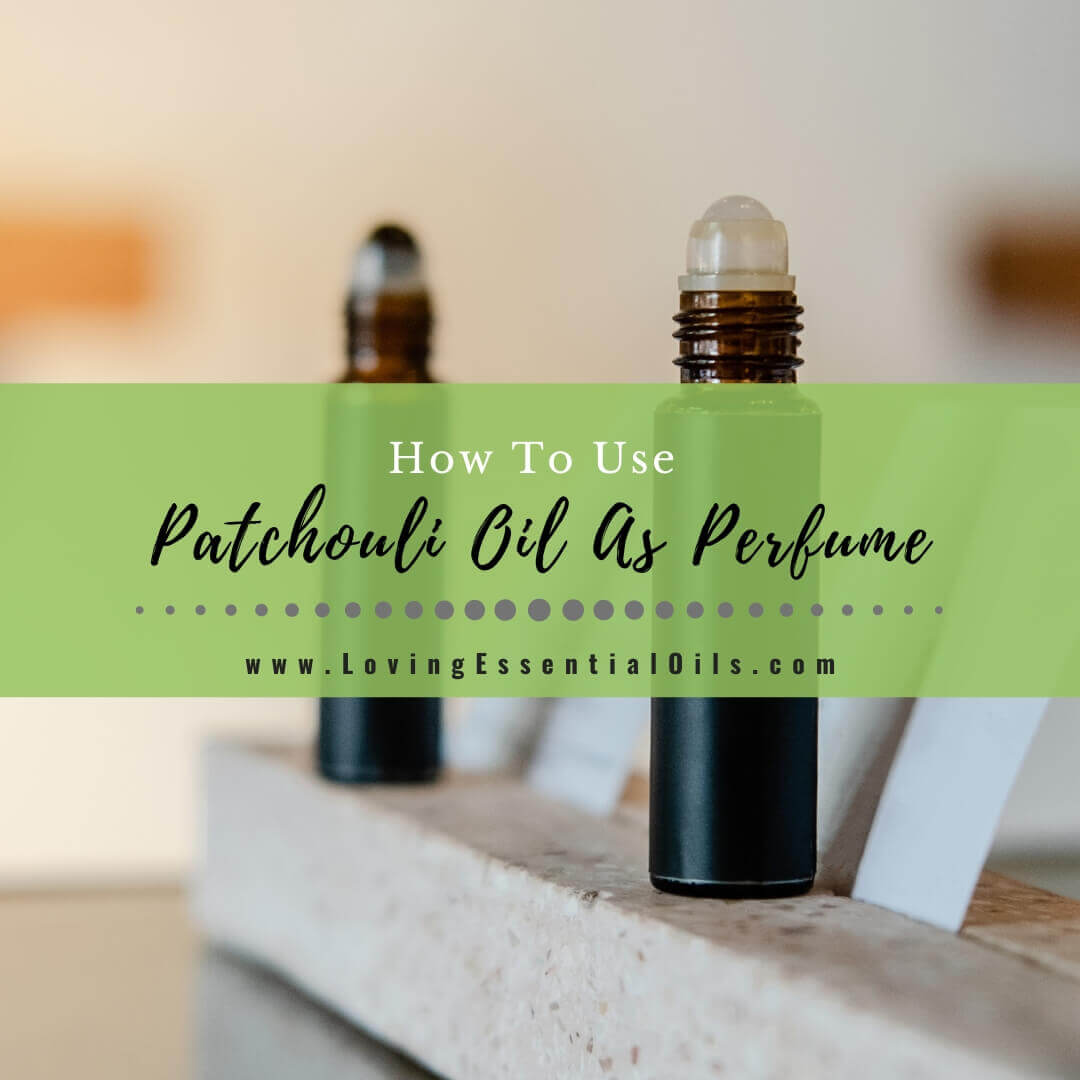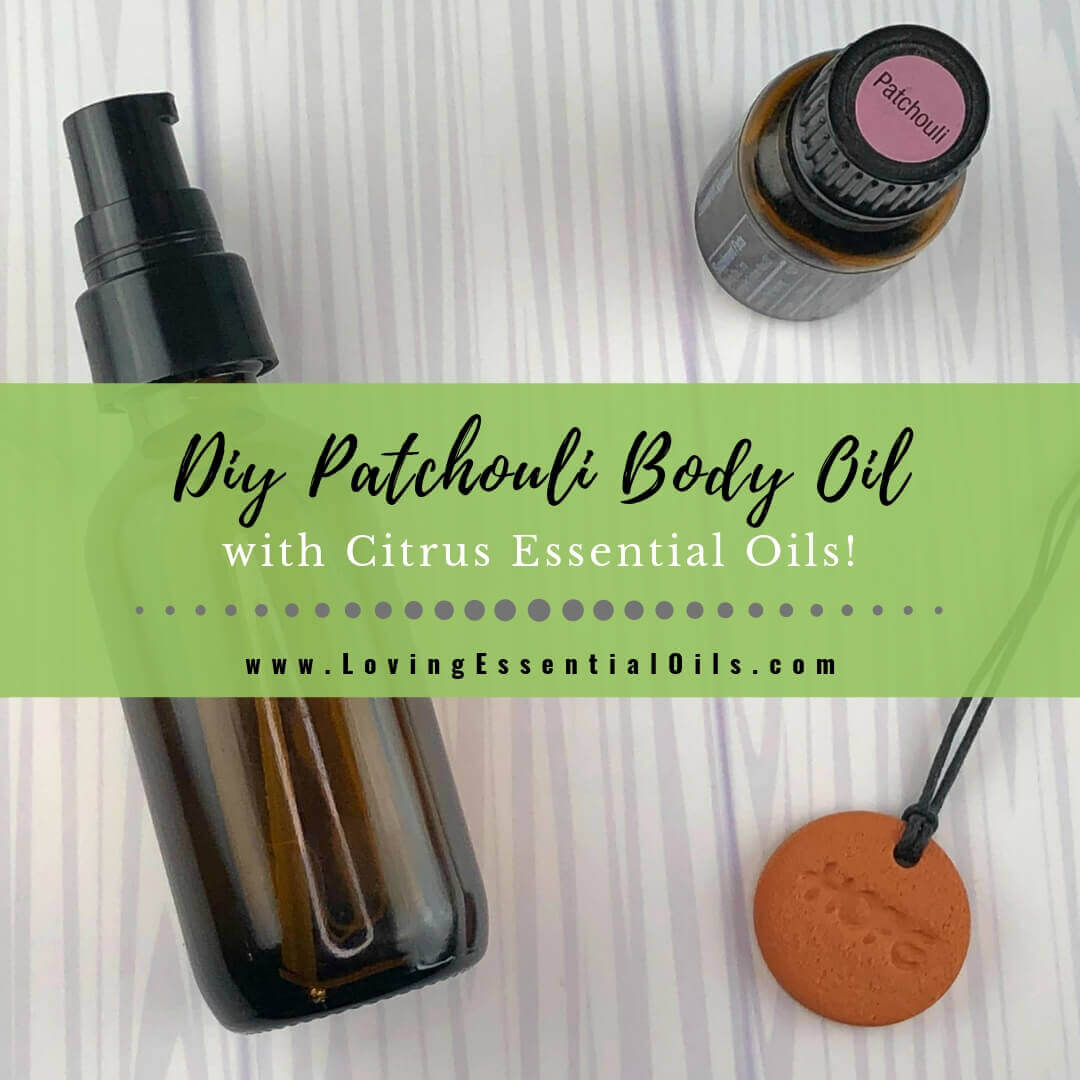Table of Contents
- What are Essential Oils?
- What are the Best Essential Oil Combinations for Perfume?
- Perfume Essential Oil Blends
- Blending Aromatherapy for the Perfect Perfume
- The Basics of Blending Aromatherapy Oils
- Essential Oil Blending by Perfume Notes
- Tips for Essential Oil Perfume Combinations
- Final Thoughts on Essential Oil Blends for Perfume
- FAQs
From floral to woodsy and musky, essential oils offer a variety of fragrances that you can use to create your signature scent. Not only are essential oils pleasing to the senses, but many of them also have health benefits.
Whether you are a seasoned perfume enthusiast or just beginning to explore the world of fragrance, this topic offers a comprehensive guide to unlocking the power of essential oils to find your perfect signature scent.
Here are some of the best essential oil combinations for perfume blends. Let's first define essential oils.
What are Essential Oils?
Essential oils are concentrated extracts derived from various plant parts, such as leaves, flowers, stems, bark, and roots. Each oil has its own distinct aroma and healing properties.
The most popular essential oils include lavender, eucalyptus, peppermint, tea tree, rosemary, and lemon. These can be used in various ways, including aromatherapy diffusers and massage oils, or added to bathwater or homemade DIY beauty products such as facial masks and perfumes.
Roller Bottles for Perfume Blends:
Roller bottles are perfect for making essential oil roll-on perfume. They are glass bottles with a roller top that are great for using essential oils topically.
When using these bottles, you can dilute your essential oil or blend it with the carrier oil of your choice and have it ready for use. Then, roll the perfume blend onto pulse points like the neck and wrists.
The best-sized roller bottles that I like to use are 10 ml, usually with colored glass like amber or blue. You can use clear bottles, too, but you must ensure that they are not exposed to light; otherwise, the essential oils will degrade.
Read more about DIY Essential Oil Recipes
What are the Best Essential Oil Combinations for Perfume?
Creating your own signature scent using essential oils can be fun and rewarding! Whether you prefer floral scents or woodsy aromas, there’s an essential oil combination out there that will perfectly suit your needs.
With the right ingredients in hand, you can easily mix up your own custom perfume blend in just minutes! So why not try creating your own unique fragrance today? You never know what amazing scent you might come up with!
Here are some favorite essential oil combinations for perfume:
Lavender and Sandalwood Blend
This blend creates a calming and serene aroma. Lavender is known for its soothing effects on the mind, while sandalwood has been used to help calm anxiety, reduce stress, and even act as an aphrodisiac.
Roller Recipe: Combine 6 drops lavender oil with 4 drops sandalwood oil for a relaxing scent that’s perfect for unwinding after a long day.
Jasmine and Bergamot Blend
This combination creates an exotic floral aroma for special occasions or romantic evenings out. Jasmine is known to help lift moods, while Bergamot can soothe tension headaches or stress-related ailments.
Roll on Recipe: Create this oil blend by combining 7 drops of jasmine oil with 3 drops of bergamot oil; mix it together with a carrier oil like jojoba oil before applying directly to skin.
Cedarwood and Lemongrass Blend
This blend combines earthy scents with a hint of citrus to create a unique fragrance that’s perfect for everyday use. Cedarwood is known to promote relaxation while lemongrass helps relieve muscle tension and stress-related headaches.
Perfume Roller Recipe: To make this combination, combine 7 drops cedarwood oil with 3 drops lemongrass oil; mix it together with 10 ml of carrier oil in a roll on bottle before applying directly to skin.
Lavender and Clary Sage Blend
This blend creates a calming scent that’s perfect for winding down at night.
Roll On Perfume Blend: Add 6 drops lavender and 4 drops clary sage to roller bottle with carrier oil for a simple roll on blend.
Orange and Vanilla Blend
This sweet blend creates a comforting aroma with just enough warmth.
Roll On Recipe: Add 6 drops orange and 4 drops vanilla absolute to your roller bottle with carrier oil and make a roll on perfume mix.
Patchouli and Ylang-Ylang Blend
This romantic combination is perfect for date nights! Get more romantic essential oil blends.
Roll On Perfume: Add 7 drops patchouli and 3 drops ylang-ylang mixture to your roll on with carrier oil.
Tea Tree and Lemongrass
This invigorating scent is great for energizing yourself before heading out the door in the morning! It is an earthy citrus blend that can also help repel insects.
Roller Recipe Perfume: Add 5 drops tea tree oil and 5 drops lemongrass to a 10 ml roller bottle with jojoba oil for a simple perfume roll on.
Perfume Essential Oil Blends
Here are some additional perfume essential oil blends to try today:
Jasmine Perfume
- 4 drops Sandalwood
- 3 drops Jasmine
- 2 drops Ylang Ylang
Perfume from Paris
- 4 drops Jasmine
- 3 drops Frankincense
- 2 drops Ylang Ylang
Happy Perfume
- 4 drops Bergamot
- 4 drops Grapefruit
- 2 drops Ylang Ylang
Calming Perfume
- 4 drops Orange
- 2 drops Jasmine
- 2 drops Ylang Ylang
- 2 drops Vanilla
- 1 drop Clove
Blending Aromatherapy for the Perfect Perfume
If you’re looking to make a custom perfume, aromatherapy could be the perfect way to make it unique and special. Blending essential oils is a great way to create a scent that’s just right for you or someone special. But with all of the available essential oils, how do you know which ones will work together?
Let’s explore some of the best aromatherapy combinations to use when making your own custom perfume.
The Basics of Blending Aromatherapy Oils
When blending aromatherapy oils, there are three categories of scents that can be used – top notes, middle notes, and base notes.
Top Notes
Top notes are designed to be strong and short-lived; they quickly evaporate but have a strong impact on the overall aroma of your blend. Some popular top note options include lemon, bergamot, grapefruit, orange, tea tree, and eucalyptus.
Middle Notes
Middle notes are considered the heart of your blend; they provide an underlying support for your other scents and help them last longer throughout the day. Popular middle note choices include lavender, rosemary, geranium, chamomile, ylang-ylang and jasmine.
Base Notes
Finally, base notes provide depth and longevity to your blend; they will linger throughout your day as top notes fade out after just a few hours on your skin. Base note suggestions include patchouli, sandalwood, cedarwood and vetiver.
Essential Oil Blending by Perfume Notes
Blending by notes is another way in which we can blend essential oils. In note theory, oils are separated into base, middle, and top notes. This is generally based off of their volatility.
A blend, according to note theory, will consist of the following:
- 20-30% of blend in top notes
- 40-80% of the blend in middle notes
- 10-25% of the blend in base notes
Tips for Essential Oil Perfume Combinations
When creating your own custom perfume with aromatherapy blends it is important to keep in mind that not all essential oils will mix well together; some may overpower one another while others can cause irritation when applied directly to the skin.
To ensure compatibility between essential oils it is recommended that complementary combinations be used such as citrus and floral or woody and herbaceous scents.
Additionally, adding carrier oil such as jojoba or almond oil can help balance out any harshness in certain combinations while still allowing you to experience the full benefits of each oil.
Finally it is important to remember that everyone's body chemistry is unique so what smells amazing on one person may not have the same effect on another person – so feel free to experiment with different combinations until you find something perfect for you!
When creating your own custom perfume using aromatherapy blends there are many factors to consider such as scent type (top/middle/base), complementary pairings between essential oils and adding carrier oil if needed for dilution purposes. Taking these things into account will allow you create an aromatic masterpiece that fits perfectly with who you are!
Final Thoughts on Essential Oil Blends for Perfume
Creating your own custom scent with essential oils is fun way to express yourself while also reaping all of the benefits that come with aromatherapy!
With so many scents available it can be overwhelming trying to decide which ones will work best together but these tried-and-true essential oil combinations listed here should get you started on making the perfect signature scent.
Be sure to use caution when experimenting with any new aromas – remember that less is more when it comes to using essential oils. With this knowledge in hand why not grab yourself some essential oils today and start blending away.
With practice you'll soon become an aromatherapy expert - so get started now! Happy blending!
FAQs
What are some popular essential oil combinations for creating perfumes?
Popular essential oil combinations for creating perfumes often include floral, citrus, and woody scents. For example, a lavender, bergamot, and sandalwood blend can create a soothing aroma, while a mix of rose, orange, and patchouli offers a more vibrant and exotic fragrance.
How do I choose the right essential oils for my perfume blend?
Choosing the right essential oils for your perfume blend involves considering both personal preferences and the oils' properties. For balance, it's helpful to start with a base note like cedarwood or vanilla, add a middle note such as jasmine or geranium, and finish with a top note like lemon or peppermint.
Are there any essential oils that should not be mixed for perfumes?
Some essential oils may not blend well together due to clashing scents or potential skin irritation. It's usually advised to avoid mixing too many strong or overpowering oils like clove or cinnamon and to always perform a patch test to ensure skin compatibility.
How long do essential oil perfumes typically last compared to synthetic perfumes?
Essential oil perfumes typically have a shorter lifespan on the skin than synthetic perfumes. This is due to the oils' natural evaporation rate, but longevity can be improved by using a carrier oil or alcohol base to help the scent linger longer.
Can essential oil perfumes be used by people with sensitive skin?
Essential oil perfumes can be suitable for sensitive skin, but it's important to use oils known for their gentleness, such as chamomile or lavender. Always conduct a patch test on a small skin area before applying the perfume more widely to ensure no adverse reactions.

